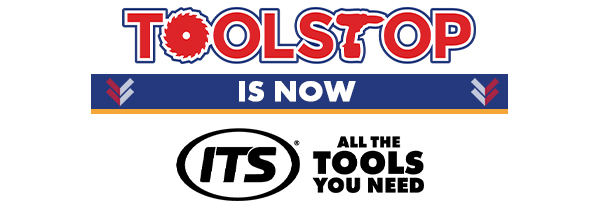

You can think of the Pozidriv bit to be almost like a “Phillips V2”. The addition of four radial indentations set at 45° from the main cross recess of the screw makes the Pozidriv easily distinguishable from the Phillips and allows significantly more torque to be applied with less risk of a cam out.

The slot screw was the first type of screw drive to be developed and has been around for literally centuries.
The slot screw is very much outdated now but can still be found in simple carpentry and antique restorations where little torque is needed but it would not hold up too well if you tried to use a power tool on it. Instead it is recommended that this screw stays in the realms of low torque “hand tool” applications.
- These are the 3 drives that you are most likely to encounter when you are on the job but you’re not here for things you already know so let’s look a bit deeper. Let’s explore the two drive types that I mentioned at the start of the article

JIS stands for Japanese Industry Standard so if you have anything from Japan (Makita) the chances are that this is the type of screw that will be on it.
At first glance it may look like a Phillips but absolutely do not try to use a Phillips driver on it as a JIS bit will not cam out like a Phillips and you will just destroy the screw.
The JIS screw can be identified by a small raised dot to the side of the cross head as illustrated below.

You will probably recognise Scrulox as Robertson or Square Drive, but those names didn’t sound nearly as funny.
The Robertson drive has a square head with a slight taper and it’s this taper that keeps the screw on the tool tip without having to hold it there. The taper keeping the bit in place came about as a happy coincidence because it was originally introduced to make cold forming of the heads more practical.
Robertson screws are self-centring, reduce cam out, and can be removed if painted over or old and rusty. In industry, they speed up production and reduce product damage. These benefits have given the Robertson drive a commanding position in Canada and Australia with growing popularity here in the UK.

The hexalobular socket screw drive (Torx is the brand name) was designed to transfer the maximum amount of torque from driver to bit and to offer the best cam out resistance. This, coupled with the reduced operator fatigue by minimizing the need to bear down on the drive tool to prevent cam out, makes the Torx very popular in the automotive and electronics industries.

Torx Plus is like Torx V2. It was designed to capitalise on the benefits of Torx by offering an even further extended tool life and allows greater torque transfer compared to standard Torx. It has much sharper ridges on the face that provide a lot more contact surface to make sure all the torque you provide is going into the bit and not into your wrist.

Kind of an honourable mention because I wanted to stay away from “security” versions of bits since they’re just regular bits with a hole in the middle, however I feel compelled to talk about Torx Plus Security.
Torx Plus Security takes the added benefits of Torx Plus and rolls it all into one, tight, secure package. You’ll find Torx Plus Security in prisons, public schools, and some public facilities so there are chances of you encountering one on a big job.
Torx Plus Security can be identified by the reasonably obvious “button” in the centre and the fact that is only has 5 star ends instead of the standard 6. So, if your wheeler dealer mate has found himself at Her Majesty’s Pleasure, this is the bit to bake into a cake.

Also known by its remarkably unromantic technical name BNAE NFL22-070 which comes from its “Bureau de normalisation de l’aéronautique et de l’espace” designation number.
As you have probably guessed, this bit is most popular in France and is mainly found in the fields of aeronautics and space construction, but it has been spotted in general machinery. Not an every day bit by any means but the stepped design of the head makes this drive fantastic at transferring torque and far too interesting to not give a mention to.

The TP (or Y-type) screw is very similar to a Phillips but it only has 3 points rather than the traditional 4. This screw is aimed solely at the professionals and is mostly found in electronic equipment so it’s probably not something you’ll see every day but its worth being aware of.
Josh Say’s – If you’ve got a fancy new Apple watch or iPhone X you can rip it open and find a fantastic example of an extremely small Tri-point screw. Obviously only do this if you’re confident you can get them back together or if you’re a spark and can just buy a new one.

The Supadriv looks remarkably like a Pozidriv because it is remarkably like a Pozidriv! The similarities don’t end there though, the Pozidriv and Supadriv are both manufactured by Phillips, you can use the same screwdriver head for both types without damage, and they say that it is unnecessary to distinguish between the two. So, what’s the point?
Well, Supadriv was designed for driving screws into a vertical surface and provides a more aggressive bite to make screwdriving more efficient and cam out less frequent.
The practicality and intended market of the Supadriv are hotly debated as I’m sure you can imagine however it does, in my opinion, illustrate a company’s willingness to fill a niche no matter how small. So, it is for that reason I have included the often overlooked and often misunderstood Supadriv fastener in this list.



